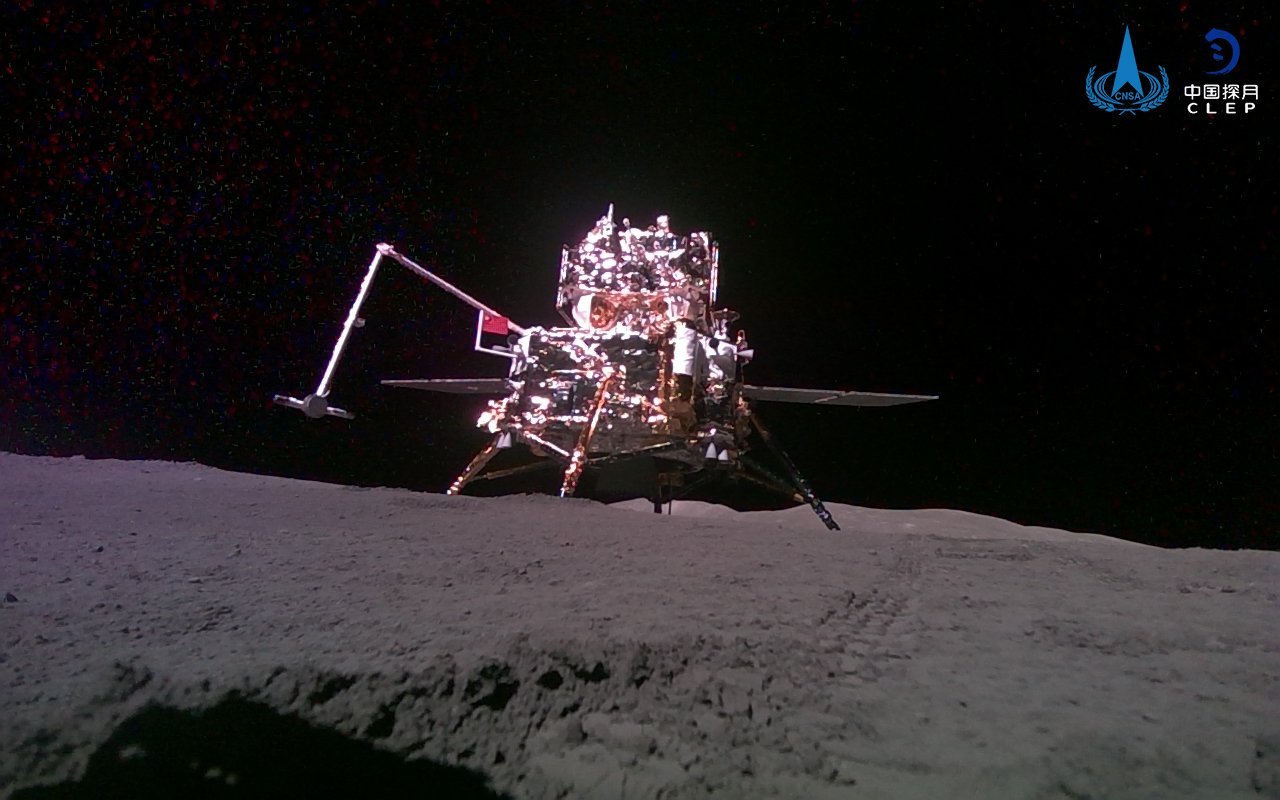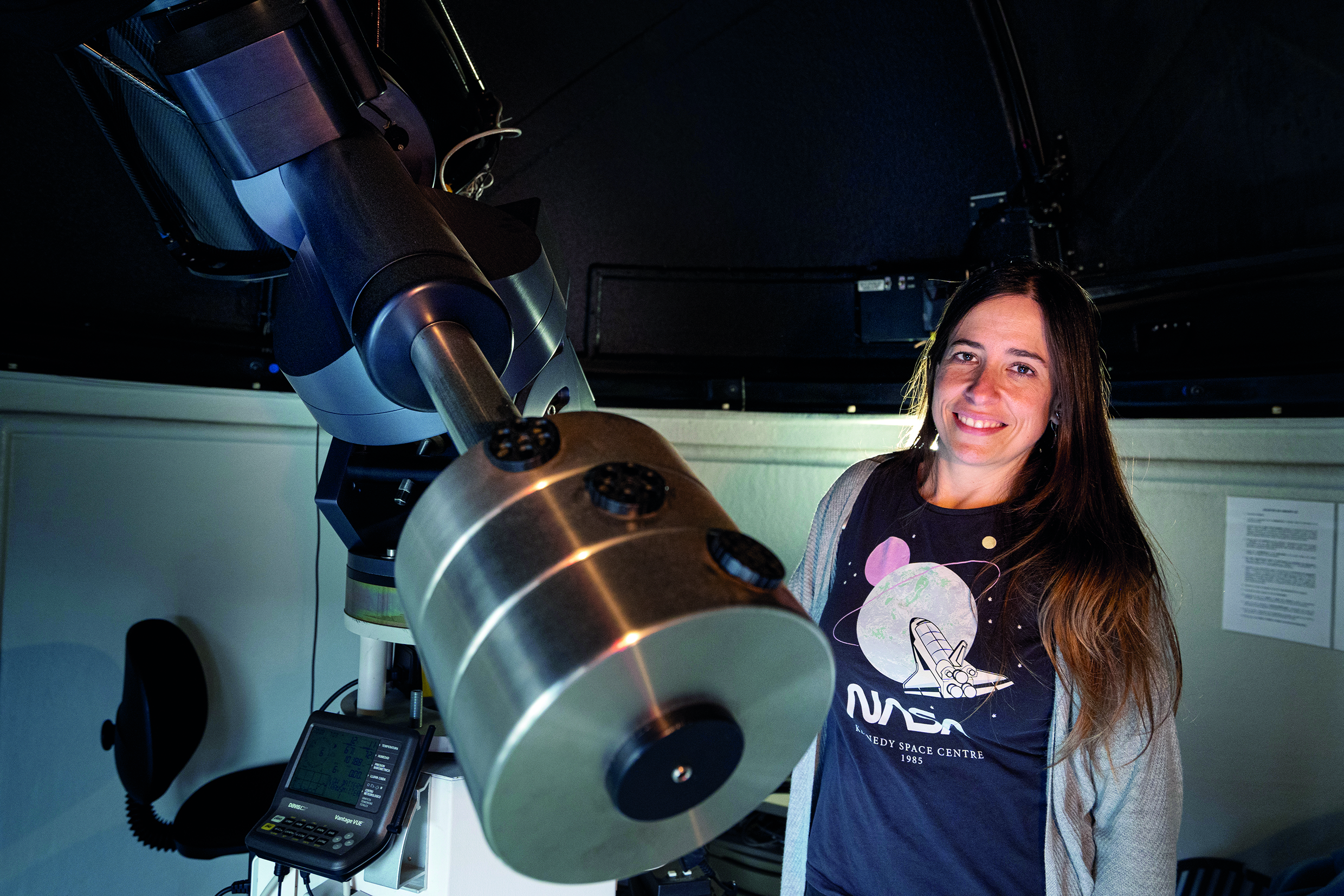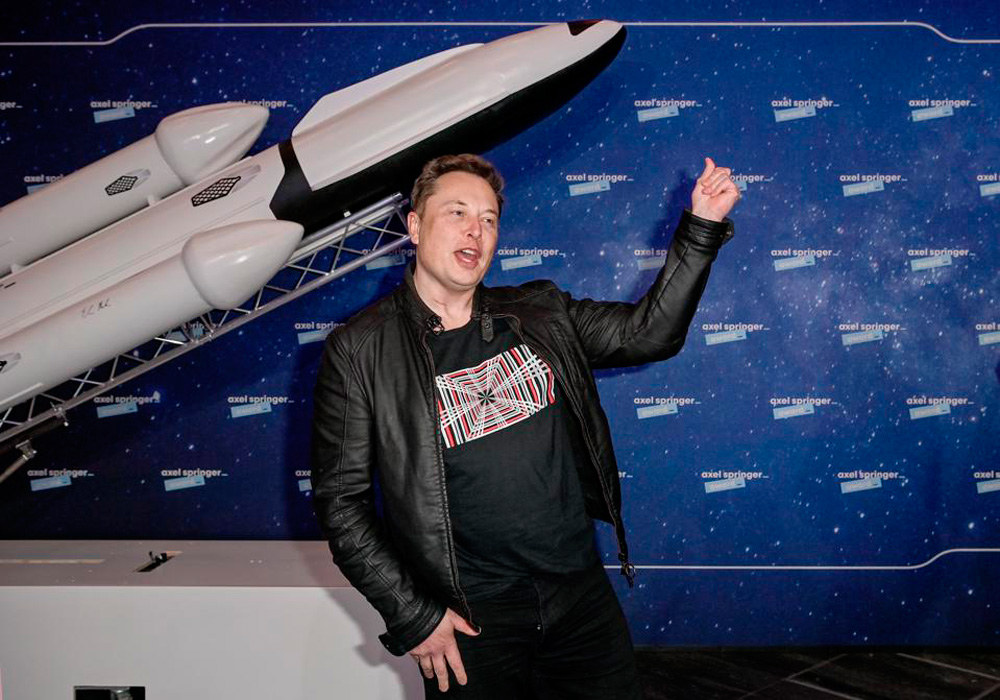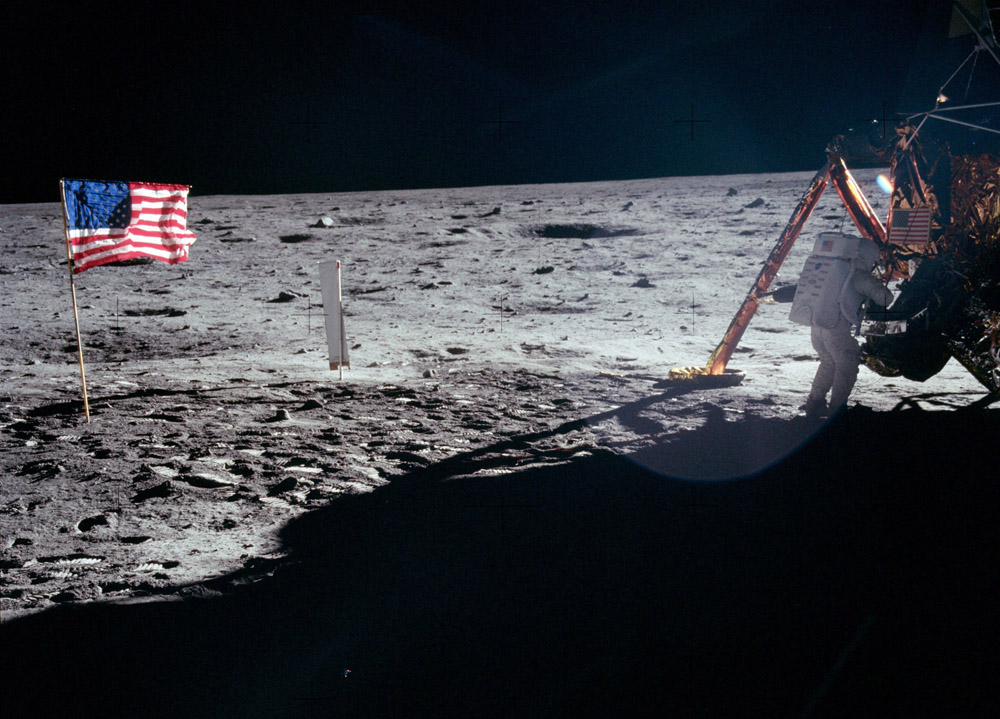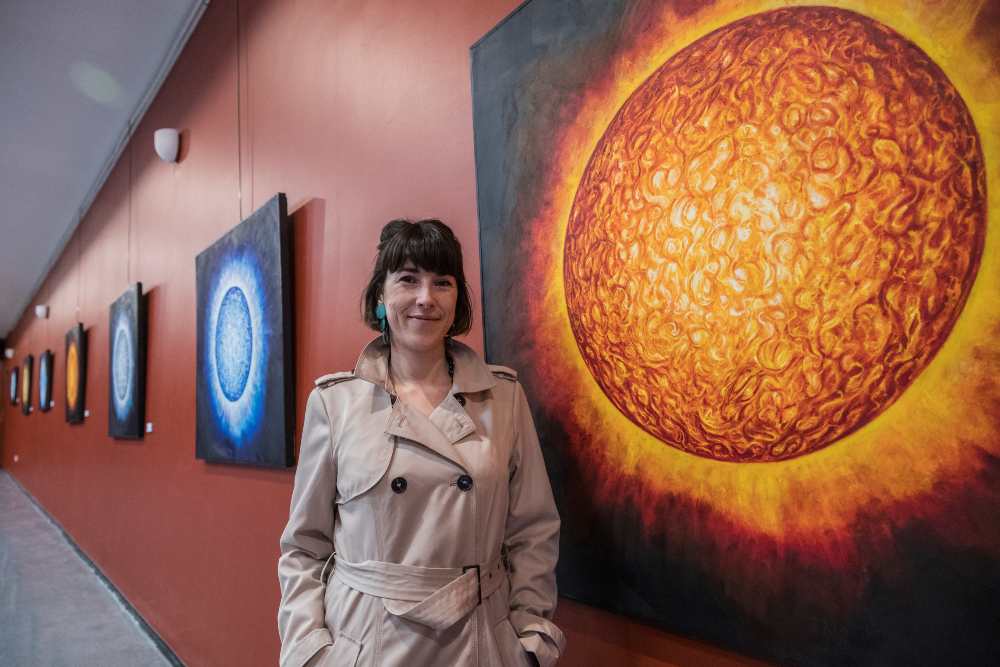They warn about the need to maintain the rise of satellites
- An article published in the journal Science warns of the need to regulate low-orbit satellite permits more rigorously. In fact, there are already thousands of satellites in space and they have foreseen a spectacular rise.

For example, there are about 4,500 Starlink satellites and 630 OneWeb satellites in orbit. But apparently this is only a beginning. Indeed, the demands for the use of radio frequencies that are being received in the International Telecommunication Union indicate that the number may increase dramatically in the coming years. For example, requests have already been received for constellations much larger than Starlink, such as the Cinnamon 937 constellation of 337,000 satellites. There are statements for more than 90 constellations of more than a thousand satellites and, taking into account all the demands, they estimate that the number of satellites in orbit would increase 115 times.
The increase in the number of satellites could hamper astronomical research, increase the risk of collisions in orbit, generate waste in orbit… And even experts warn that “the treatment of orbital space as an unlimited resource is generating great challenges of safety and sustainability”.
They also see the possibility of significant improvements to existing legislation. And so they call for stricter regulation of low-orbit satellites to be developed at the World Radio Conference in November.
Chão de Lamas-eko zilarrezko objektu sorta 1913an topatu zuten Coimbran (Portugal). Objektu horien artean zeltiar jatorriko zilarrezko bi ilargi zeuden. Bi ilargiak apaingarri hutsak zirela uste izan dute orain arte. Baina, berriki, adituek ilargietan egin zituzten motibo... [+]
James Webb teleskopioaren lehen irudiak eta datuak aurkeztu dituzte: unibertsoari inoiz ateratako argazkirik sakonenak eta exoplaneta baten espektroskopia-datu zehatzenak. “Kosmosaren ikuspegi berri eta iraultzaile bat”, Bill Nelson NASAko administratzailearen... [+]












